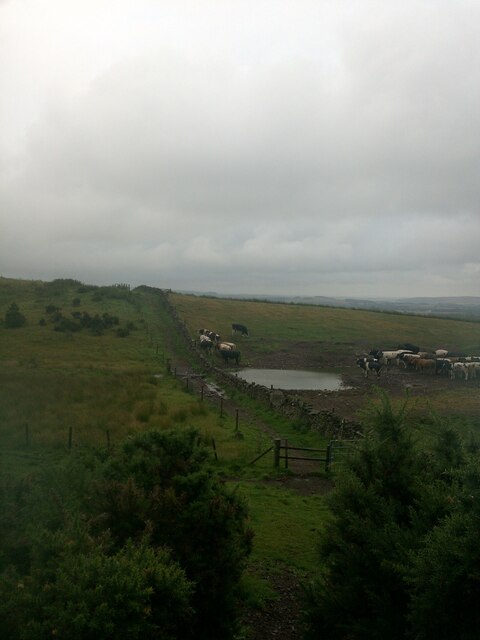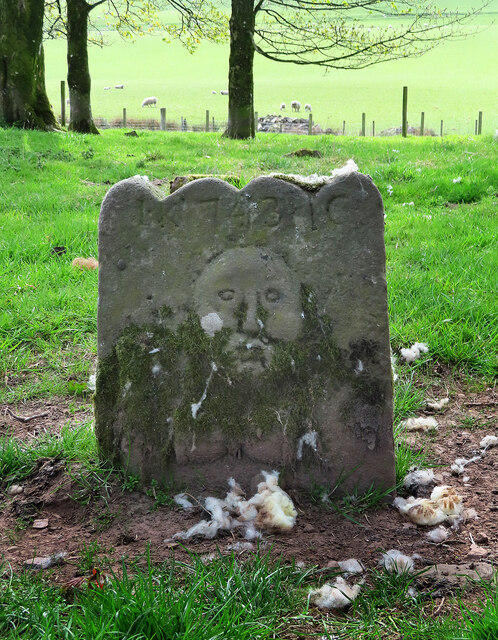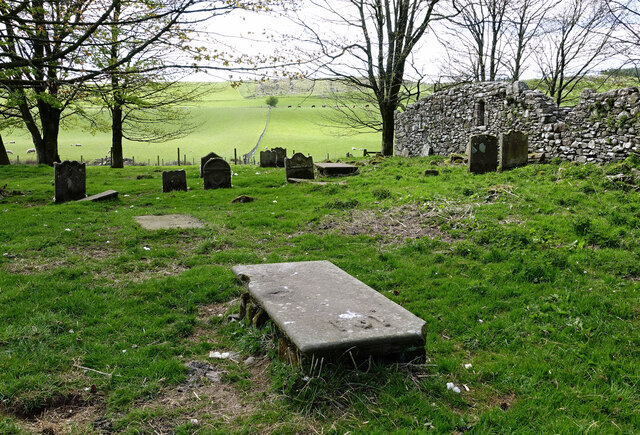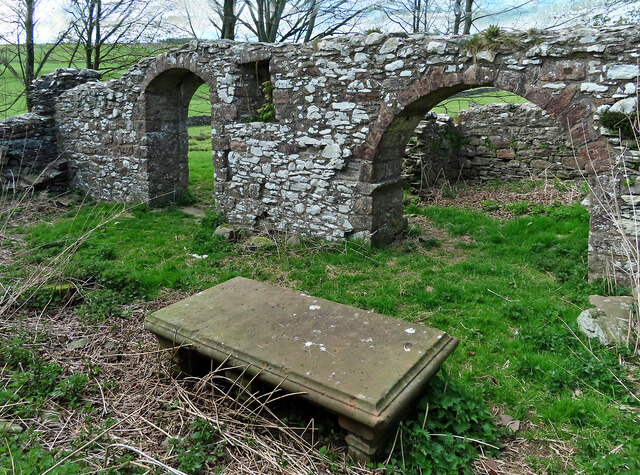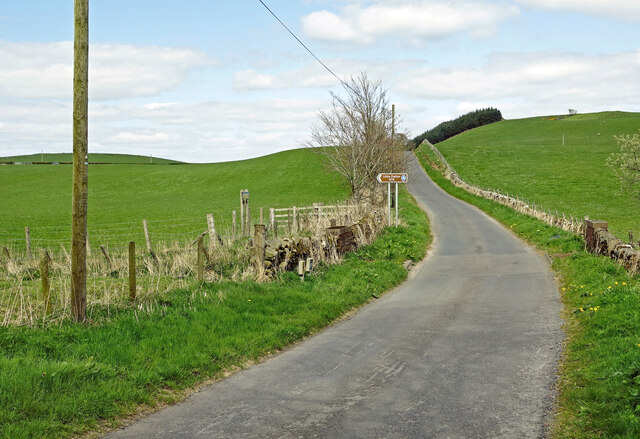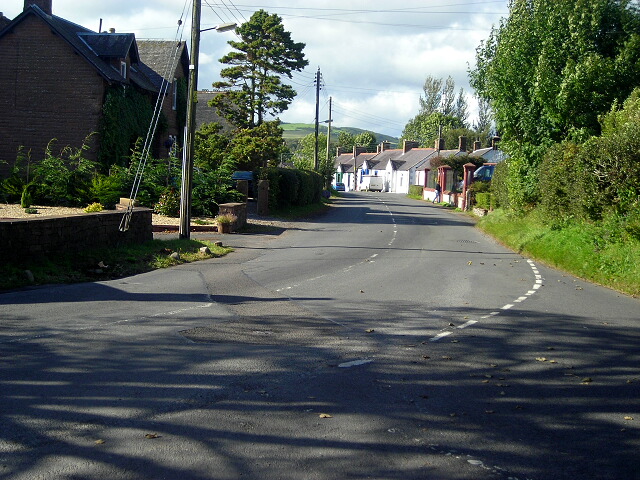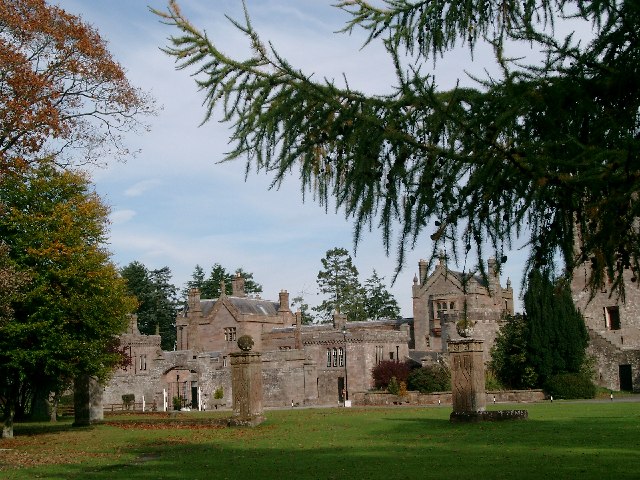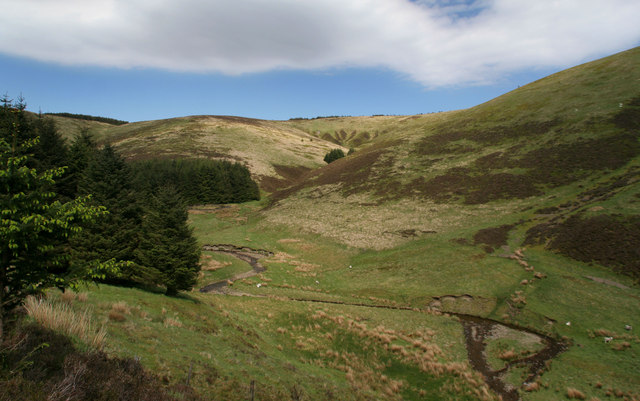Newton Wood
Wood, Forest in Dumfriesshire
Scotland
Newton Wood
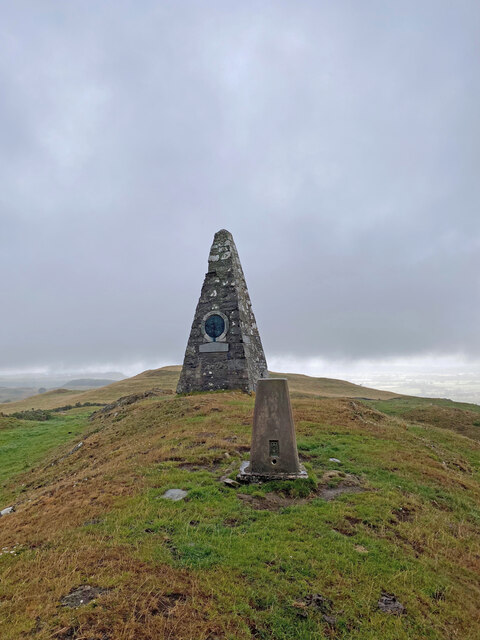
Newton Wood is a picturesque forest located in Dumfriesshire, Scotland. Situated near the town of Newton Stewart, the wood encompasses an area of approximately 300 hectares. It is a popular destination for nature enthusiasts and outdoor lovers, offering a tranquil and serene environment.
The wood is predominantly made up of native broadleaf trees, including oak, ash, birch, and beech. These trees provide a rich habitat for a variety of wildlife, making it an ideal spot for birdwatching and wildlife spotting. Visitors may catch a glimpse of red squirrels, roe deer, and various bird species such as woodpeckers and owls.
To enhance the visitor experience, Newton Wood offers several walking trails that wind through the forest. These paths are well-maintained and suitable for all ages and abilities. One of the most popular routes is the Woodland Walk, a short circular path that showcases the wood's natural beauty. Along the way, walkers can enjoy the peaceful surroundings and may encounter beautiful wildflowers that bloom during the spring and summer months.
Additionally, Newton Wood features a picnic area where visitors can relax and enjoy a meal amidst the tranquil atmosphere. The wood also has designated areas for camping, providing an opportunity for overnight stays and a chance to immerse oneself in the natural surroundings.
Overall, Newton Wood is a charming forest in Dumfriesshire, offering a delightful escape for anyone seeking peace and tranquility in a stunning natural setting.
If you have any feedback on the listing, please let us know in the comments section below.
Newton Wood Images
Images are sourced within 2km of 55.064628/-3.401966 or Grid Reference NY1075. Thanks to Geograph Open Source API. All images are credited.
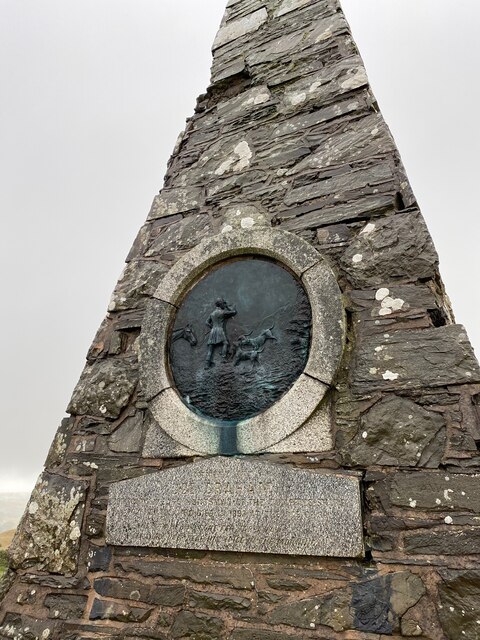
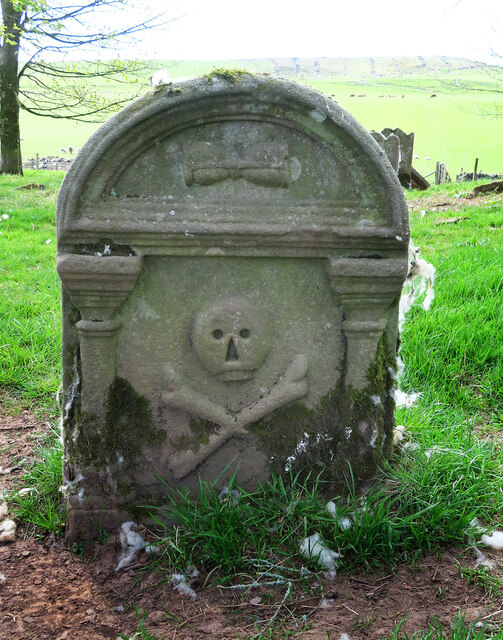
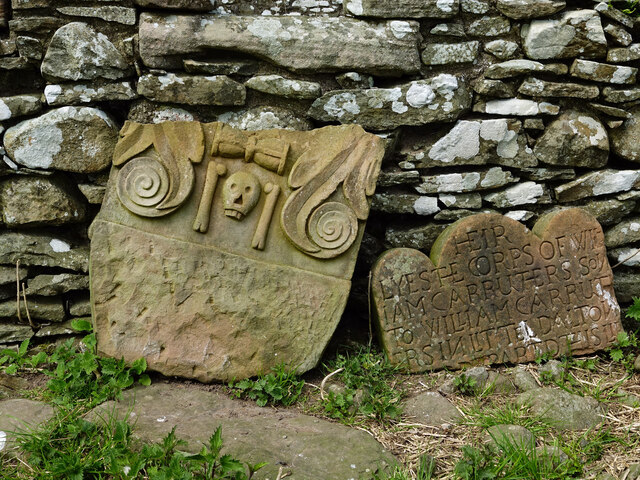

Newton Wood is located at Grid Ref: NY1075 (Lat: 55.064628, Lng: -3.401966)
Unitary Authority: Dumfries and Galloway
Police Authority: Dumfries and Galloway
What 3 Words
///quietly.scrubbing.socialite. Near Lockerbie, Dumfries & Galloway
Nearby Locations
Related Wikis
Nearby Amenities
Located within 500m of 55.064628,-3.401966Have you been to Newton Wood?
Leave your review of Newton Wood below (or comments, questions and feedback).
